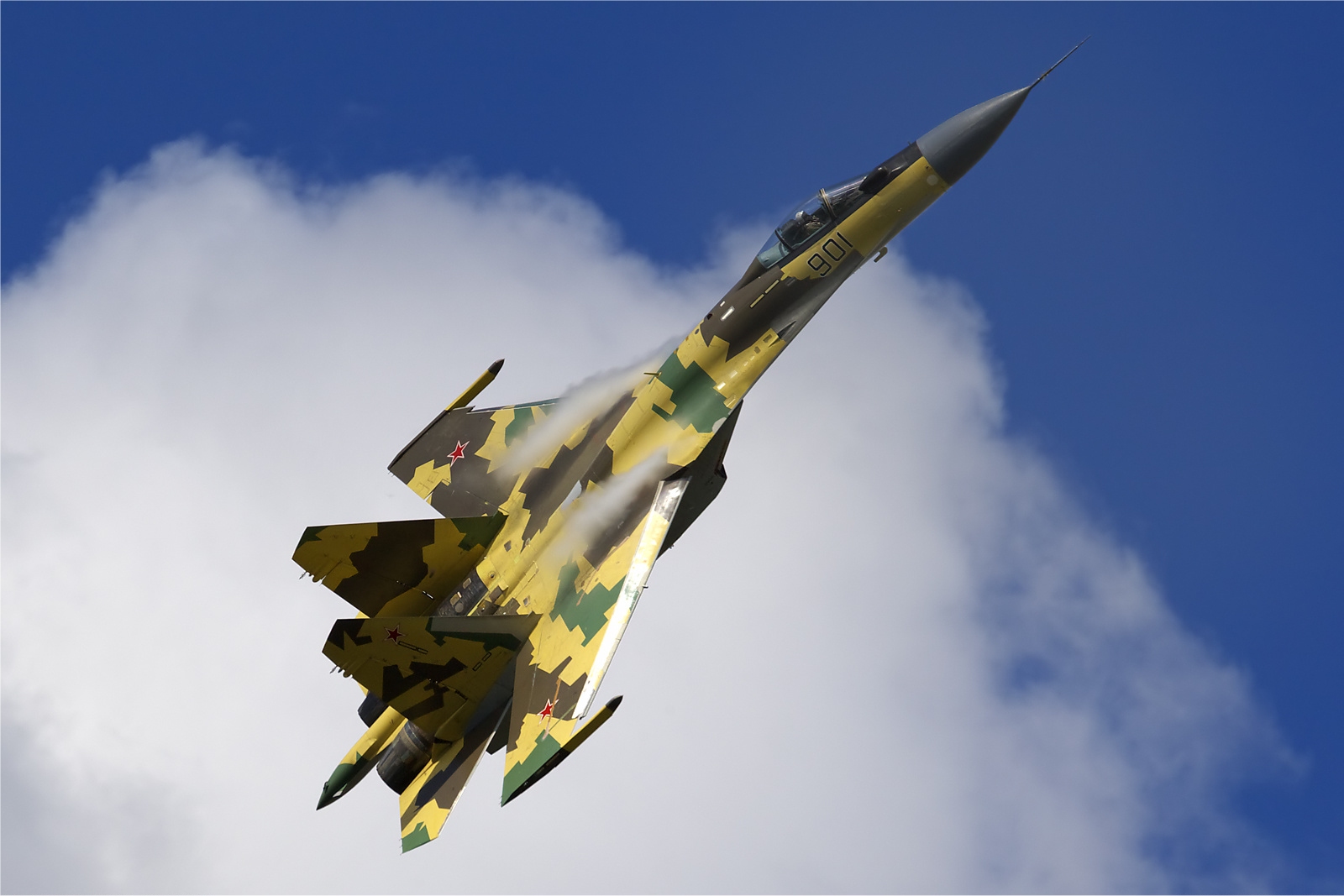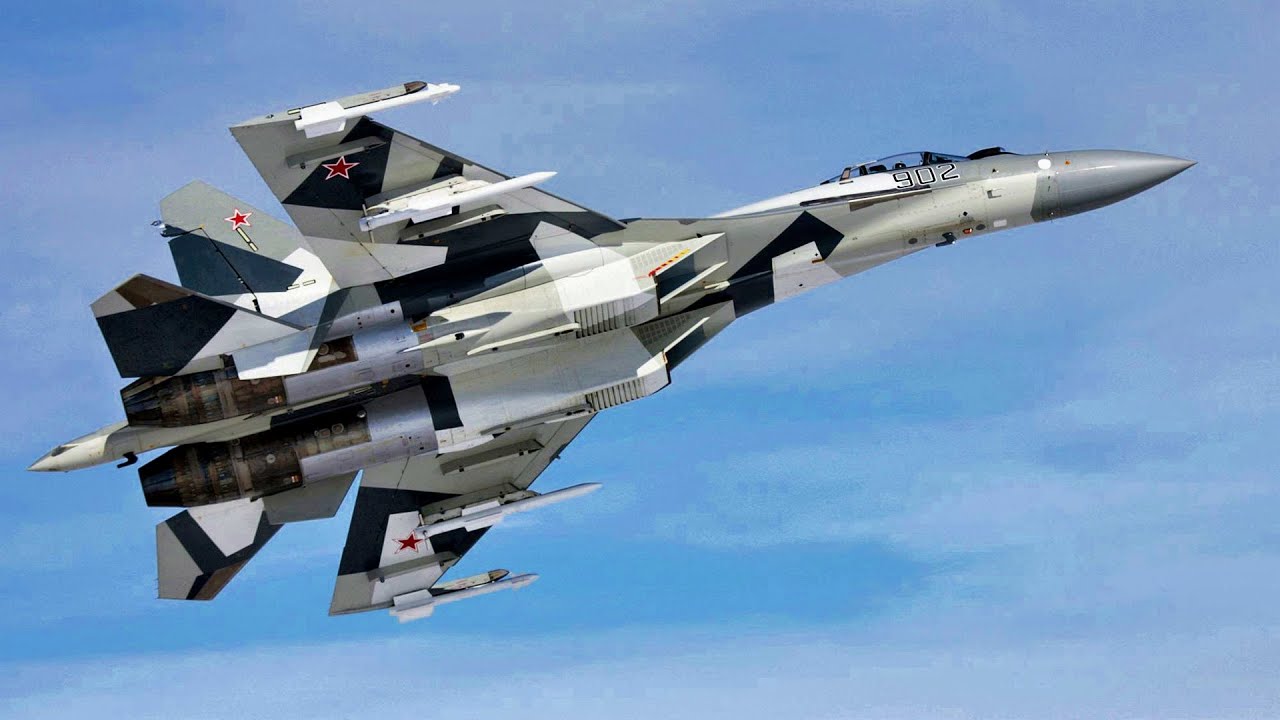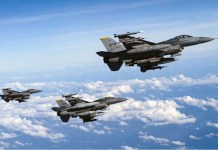China, which is in a spot over the Ukraine-Russia conflict but has staunchly backed Moscow, recently received a horrifying news that Russia’s most powerful fighter jet, which is also in service with the Chinese PLAAF, was shot down by the Ukrainian forces.
Not Russia, China Remains The Biggest Threat To Global Peace As It Fiercely Asserts Dominance In SCS – Expert Review
A few days ago, a video surfaced that purports to show the moment the Su-35 jet plummeted from the skies in flames before crashing into the ground. Later, photos of the charred Flanker surfaced on social media.
The Su-35 was blown out of the sky near Kharkiv by Ukrainian anti-aircraft missile forces, causing “$50 million in damage” to the Russians, according to Ukrainian deputy interior minister Anton Gerashchenko.
Given the fact that the Chinese PLAAF (People’s Liberation Army Air Force), after Russia, has the world’s largest fleet of Su-35 fighter jets, this incident is considered a big low for Beijing. In 2015, China inked a $2 billion contract with Russia for the procurement of 24 of the 4.5 generation super maneuverable aircraft.
Zhou Chenming, a military analyst in Beijing, was quoted by SCMP as saying, “the fighter jet appears to have gone down from a very low altitude” based on the photos of the debris, “which has maintained its shape.”

“It was probably on its return from a ground attack mission and the fire was likely from the leftover fuel it was carrying,” he said. Anti-aircraft weapons and portable air-defense missiles like Stingers and Starstreaks would be more likely to strike a fighter jet if it flies at a low altitude.
The Su-35 single-seat twin-engine fighter jet inherited the Su-27’s long operating range, substantial weaponry payload, and powerful dogfighting abilities. This aircraft is frequently said to be the best jet for air superiority missions.
The Flanker-E is the PLA Air Force’s most powerful fighter jet, as the Chengdu J-20 stealth fighter is unlikely to be a fully operational jet, though it received some operational capabilities. Since the Flanker is an essential facet of China’s air force, military analysts in China seem to be investigating the circumstances surrounding the incident.
1000 Times More Destructive – China Claims Underground Military Bunkers No Longer Safe Against Tactical Nuclear Weapons
Meanwhile, Taiwan is already keeping a close eye on the armaments used by Ukrainian forces against Russia, and anti-aircraft missiles are a big part of it. Song Zhongping, a former PLA instructor, has previously emphasized the potency of these weapons, stating that this type of equipment has the favorable position of being easily concealed and capable of hitting large targets.
This would undoubtedly be one of the most significant challenges for the PLA in possible urban street fighting after touching down on Taiwan island, he said.
The downing of a flanker by Ukrainian forces has become an even more worrying matter for Beijing when you noticed that Taiwan has already established a working group to examine the tactics of the battle in Ukraine.
Zhou also speculated that the fighter plane may have suffered a mechanical malfunction. “To learn from this, the Chinese air force will need to carefully identify potential mechanical problems with its Su-35s and improve maintenance,” he said.

Su-35: An Essential Part of China’s AirPower
Su-35 are also regarded as a major part of Chinese forces operating over the South China Sea or the Taiwan Straits. The 24 Su-35 Flankers that China bought from Russia were earlier reported to be stationed at locations in southern China, extending Chinese airpower far into the South China Sea. This demonstrates China’s reliance on this Russian fighter jet.
The choice to deploy this jet at such a crucial location could be based on the notion that a Su-35 can outperform and outmaneuver fourth-generation fighters from the United States. One of the reasons China procured these jets was because it was believed to have been most attracted to its superior thrust-vectoring engines.
Last year, Director of the Federal Service for Military-Technical Cooperation Dmitry Shugaev told reporters that Russia is willing to sell more Flankers to China if the latter is interesting. However, given the present state of things, the possibilities are little to none.
The PLA Air Force has not made any further Su-35 orders. Alternatively, China has begun mass-producing the J-16, an indigenous Su-27 version with more modern avionics that was also developed in China.
- Contact the author at ashishmichel@gmail.com
- Follow EurAsian Times on Google News




